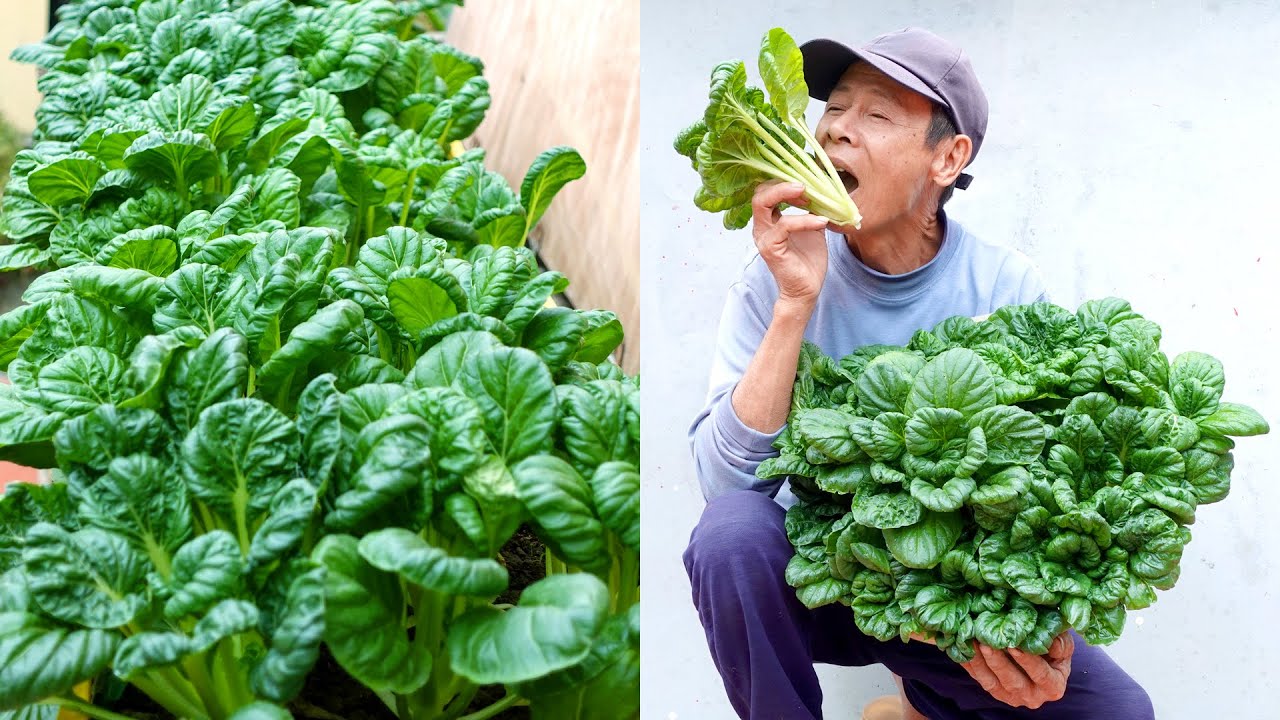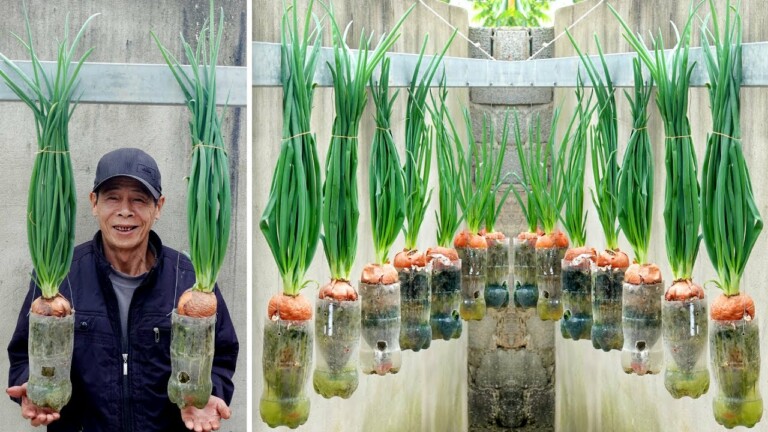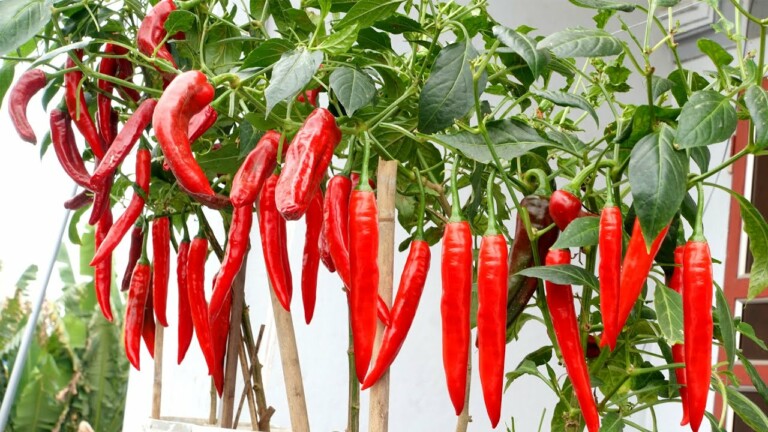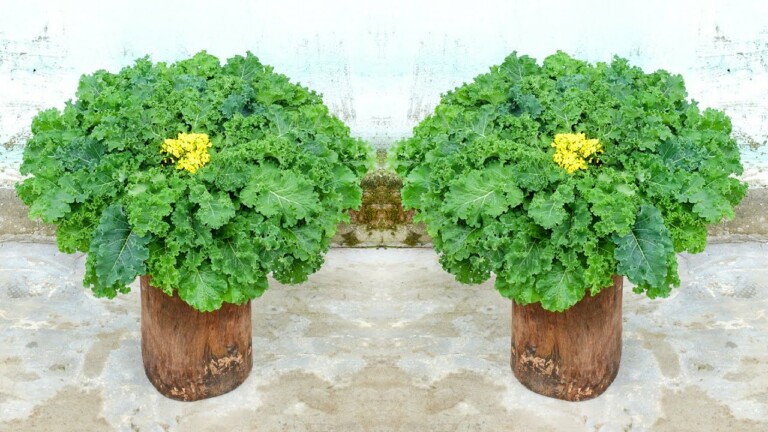How to Grow Super Delicious Specialty Purple Cabbage at Home
Growing delicious specialty purple cabbage at home has become one of my favorite hobbies. As a passionate gardener, I couldn’t resist the opportunity to experiment with cultivating this vibrant and nutritious vegetable in my own backyard. In this blog post, I will share my tried-and-tested methods and valuable insights on how to grow super delicious specialty purple cabbage. Join me on this green journey as I unravel the secrets to a successful harvest right from the comfort of your own home. Get ready to savor the incredible flavors and reap the benefits of growing your very own purple cabbage garden!
Introduction:
Hi, there! I’m excited to share with you my expertise on growing super delicious specialty purple cabbage at home. In this article, I’ll guide you through the process of cultivating this mouthwatering vegetable using plastic bottles. So, grab your gardening gloves and let’s get started!
How to Grow Super Delicious Specialty Purple Cabbage at Home:
-
Prepare Plastic Bottles:
- Gather plastic bottles, preferably 2-liter ones.
- Clean the bottles thoroughly to ensure they are free from any contaminants.
- Remove the labels and cut off the top part of the bottles, leaving around 8 inches of height.
-
Create Drainage Holes:
- Using a sharp knife or scissors, make several small drainage holes at the bottom of the bottles.
- These holes will prevent waterlogging and ensure proper drainage for your cabbage plants.
-
Mix the Soil:
- To provide the optimal growing conditions, mix the soil before planting.
- Combine equal parts of high-quality potting soil, compost, and perlite or vermiculite.
- This mixture ensures good drainage, aeration, and adequate nutrient availability for your cabbage plants.
-
Planting the Cabbage Seeds:
- Fill the plastic bottle containers with the prepared soil mixture.
- Make small indentations in the soil, around ¼ to ½ inch deep, for planting the cabbage seeds.
- Place one to two seeds in each indentation, ensuring they are evenly spaced.
- Gently cover the seeds with soil and lightly press it down.
-
Provide Suitable Growing Conditions:
- Prioritize a sunny location for your cabbage plants, as they thrive in full sun exposure.
- Water the plants regularly, keeping the soil consistently moist but not overly saturated.
- Maintain a temperature range of 60°F to 70°F (15°C to 21°C) for optimal growth.
- Use organic fertilizers or compost to nourish the plants and encourage healthy development.
-
Monitor and Care for Your Cabbage Plants:
- Keep an eye on the moisture level of the soil and water accordingly.
- Remove any weeds that may compete with your cabbage plants for nutrients.
- Protect the plants from pests by using organic pest control methods or physical barriers, if necessary.
- As the cabbage plants grow, ensure they have enough space to avoid overcrowding, which can hinder their growth.
-
Harvesting:
- Purple cabbage usually takes around 80 to 100 days to mature.
- Check the size and firmness of the cabbage heads to determine their readiness for harvest.
- Cut the cabbage heads at the base using a sharp knife and remove any outer leaves before consuming.
Conclusion:
Congratulations! You now have the knowledge and tools to successfully grow super delicious specialty purple cabbage at home using plastic bottles. Follow the steps outlined above, and soon you’ll be enjoying homegrown cabbage in your favorite dishes. Remember, gardening is a rewarding experience that allows you to connect with nature and enjoy the fruits (or vegetables) of your labor. Happy growing!
Unique FAQs After The Conclusion:
-
Can I use different-sized plastic bottles for growing cabbage?
- Although 2-liter bottles are recommended, you can experiment with other sizes as long as they provide enough space for the cabbage plants to grow.
-
How often should I water my cabbage plants?
- Water your cabbage plants regularly, ensuring the soil remains moist but not waterlogged. Aim for watering them every 2-3 days, adjusting the frequency based on weather conditions.
-
Can I grow cabbage in containers other than plastic bottles?
- Yes, you can use various types of containers, such as pots, buckets, or even raised beds, as long as they offer sufficient space, drainage, and suitable growing conditions.
-
Are there any pests or diseases that commonly affect cabbage plants?
- Cabbage plants are susceptible to pests like aphids, cabbage worms, and slugs. Diseases such as clubroot and black rot can also affect them. Implementing organic pest control methods and maintaining good plant hygiene can help prevent and manage these issues.
-
Can I use the same plastic bottles for multiple seasons?
- It’s best to replace the plastic bottles after each growing season to avoid potential contamination and ensure optimal plant health. Recycling or repurposing the bottles is a great eco-friendly option.
Remember to enjoy the process of growing your own purple cabbage and savor the amazing flavor it brings to your culinary creations. Happy gardening, and bon appétit!






